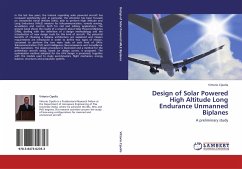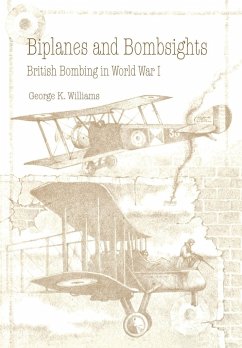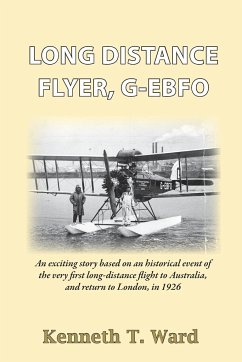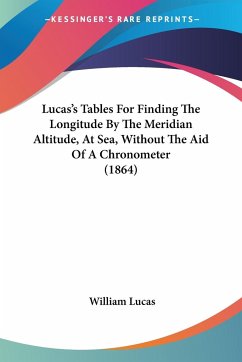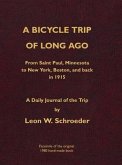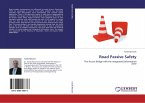In the last few years, the interest regarding solar powered aircraft has increased significantly and, in particular, the attention has been focused on Unmanned Aerial Vehicles (UAV), able to perform High Altitude and Long Endurance (HALE) missions for telecommunication, remote sensing, surveillance and control, both for civil and military applications. The present book shows the results of a research about Solar Powered Biplanes (SPBs), dealing with the definition of a design methodology and the introduction of new design tools for this kind of aircraft. The potential benefits of choosing a biplane architecture are explained and mission requirements are introduced in order to define two types of mission, conceived to perform the two main tasks of such kind of UAVs: Telecommunication (TLC) and Intelligence, Reconnaissance and Surveillance (IRS) operations. The design procedure is illustrated and a method for the preliminary aircraft sizing, based on design curves, is proposed. The optimization method adopted for the UAV design is presented, together with the models used to study aerodynamics, flight mechanics, energy balance, structures and propulsion systems.
Bitte wählen Sie Ihr Anliegen aus.
Rechnungen
Retourenschein anfordern
Bestellstatus
Storno

